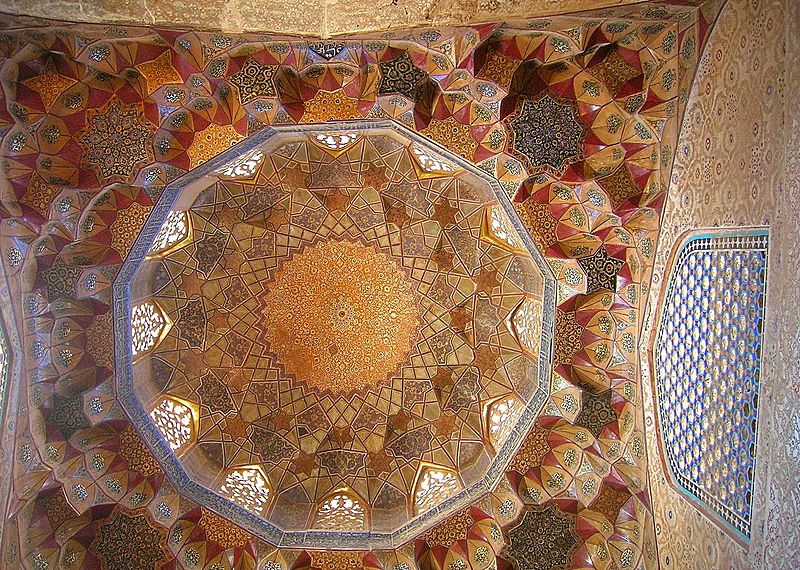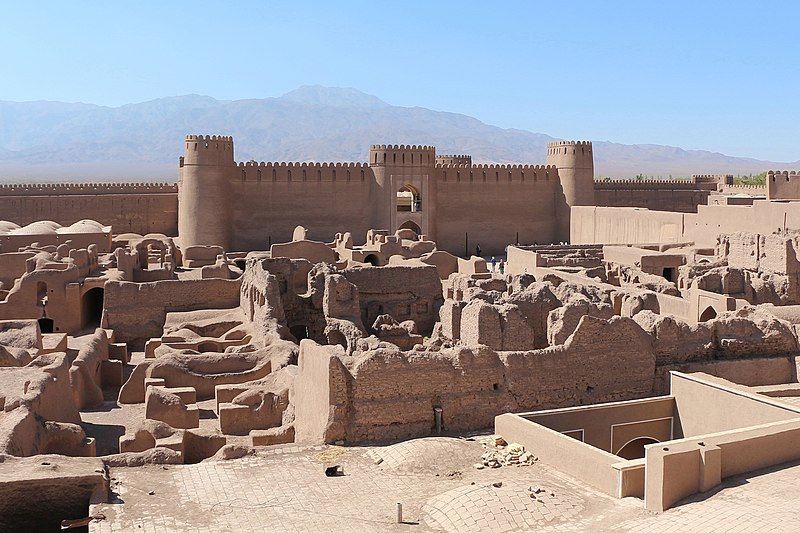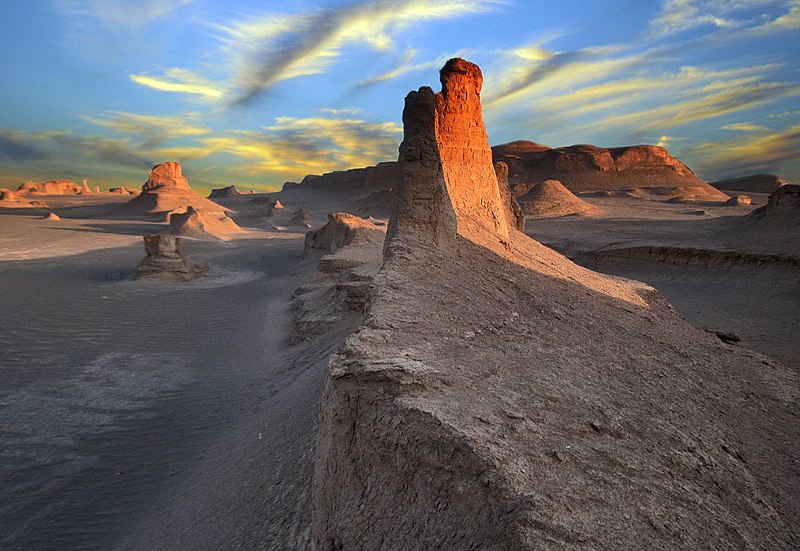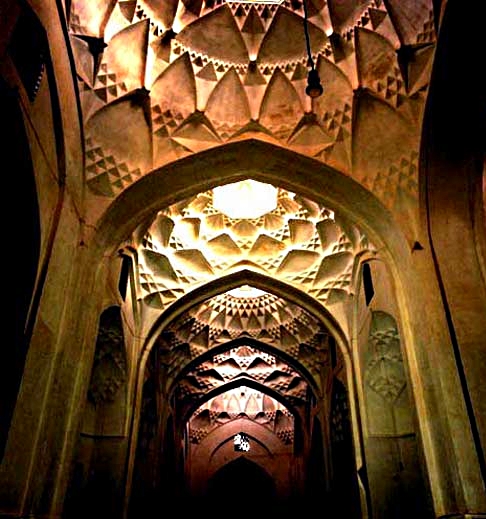Kermān Province (Persian: Ostän-e Kermān) is one of the 31 provinces of Iran. Kermān is in the southeast of Iran with its administrative center in the city of Kermān. Mentioned in ancient times as the Achaemenid satrapy of Carmania, it is the second-largest province of Iran with an area of 180,726 km2 that encompasses nearly 11% of the land area of Iran.

Kermān province is considered a paradise for paleontologists because of K an abundance of vertebrate fossils from different geological eras. Foss. Include Placodermi, jawed and jawless armored fish dating back to the Devonian period (395 to 365 million years ago), dinosaurs (195 to 66 million years ago and mammals from the Tertiary period (ranging from two to seventy million years ago). The history of human settlements in the territory of Kerman date back to the 4th millennium BC. This area is considered as one of the ancient regions of Iran and valuable historical vestiges have been discovered here. Jiroft is an example, where a previously unknown settlement dating back to around 2500 BC has been established by archeologists. Kerman has an abundance of historical sites and landmarks, 283 in total, according Cultural Heritage Organization. Ancient abandoned citadels such as Bam and Rāyen Castle have been preserved in the desert for Historical documents refer to Kermān as “Karmania”, “Germania”, “Carmonia” Carmonia”and “Zermanva” which means bravery and combat have recorded Kerman’s ancient name as “Go’asheer” (Bardesheer).

The altitudes and heights of the province are the continuation of the central mountain ranges of Iran. They extend from the volcanic folds beginning in Azerbaijān and, terminate in Balochistan by branching out in the central plateau of Iran. These mountain ranges have brought about vast plains in the province. The Bashagard and Kouh-e Banan Mountains are the highest in this region and include peaks such as Toqrol, Aljerd, Palvar, Sirach, Abareq and Tahroud. Most of the province is largely steppe or sandy desert, although there are some oases where dates, oranges (said to be the best in Iran), and pistachios are cultivated. The province is dependent on Qanāts (underground water channels) for its irrigation. The climate in the province varies across regions. The north, northwest, and central areas experience a dry and moderate climate, whereas in the south and southeast, the weather is warm and relatively humid. The average temperature during the months of March-June has been recorded as 20-25 °C. These months are the most suitable for traveling and tourism.

Kermān is among several provinces in Iran with a strong cultural heritage, which is expressed in the local accent, poetry, local music, handicrafts and customs that Kermān has introduced to the World.

Reference: Cultural Heritage, Handicrafts & Tourism Organization of Iran, Iran Travel guide. Iran: 2018

